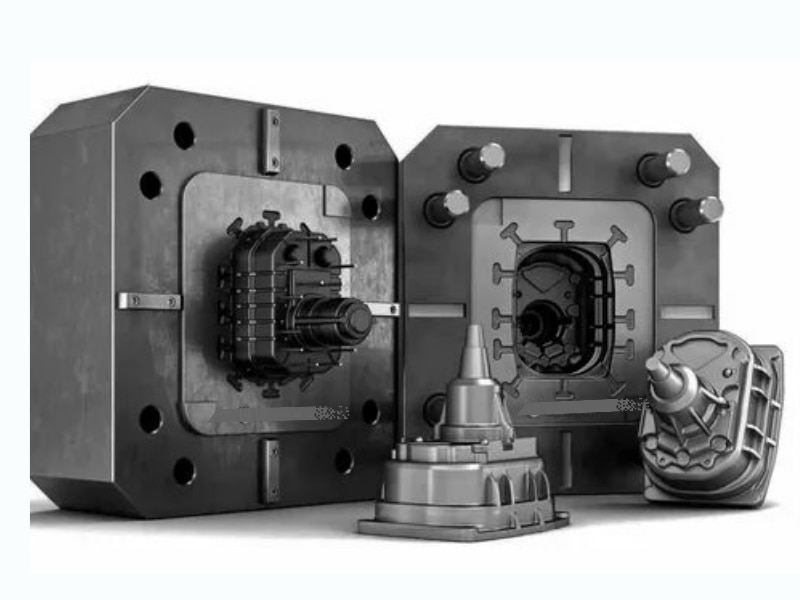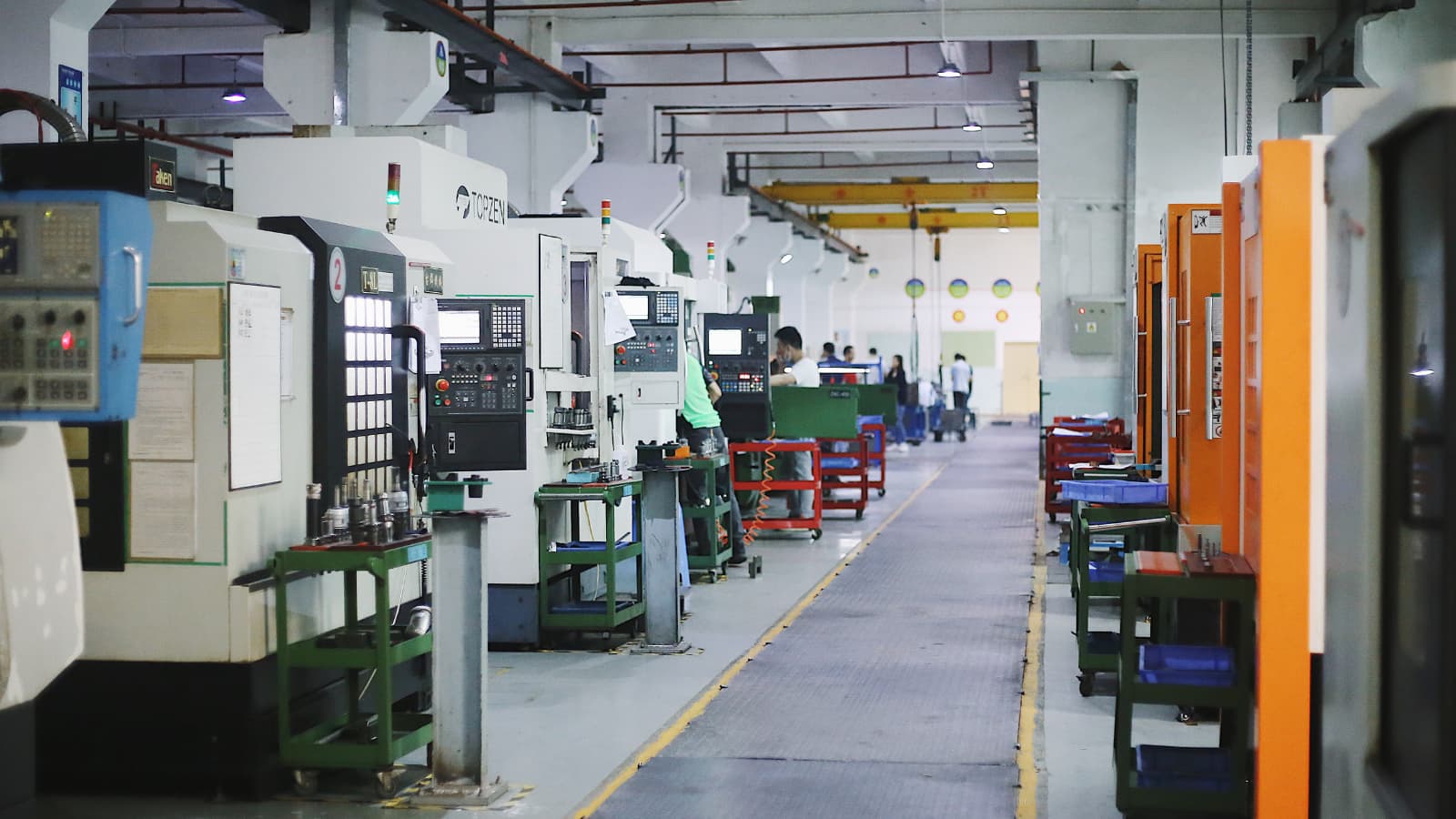The importance of enclosures in electronic products cannot be overemphasized. Regardless of the size and complexity of an electrical product, there needs to be a form of enclosure. A sheet metal enclosure has several associated benefits, including electrical conductivity, emission reductions, and resistance against harsh industrial environments.
Every sheet metal fabrication company aims to ensure overall design success and a positive user experience. Creating high-quality enclosures can help achieve this when it comes to electronic components. There are some sets of guidelines associated with sheet metal enclosure design. A good understanding of these guidelines will make the job easier and help ensure quality outcomes.
The following sheet metal enclosure design tips explain the details of the enclosure design to keep your work up to standard. Let’s dive right into it!
Know the Product Design Requirements
It is always important to understand the aesthetic and functional requirements of the product in every design process. The same is the case with designing a sheet metal enclosure. Knowing these requirements will ensure that you develop an enclosure sheet metal that best meets your needs.
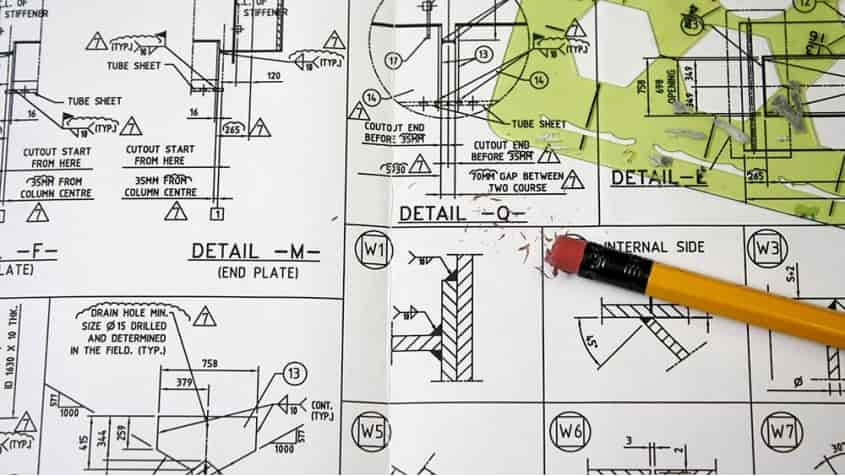
Some of the product requirements you should understand include the following:
- The application of the sheet metal enclosure.
- Intended working conditions for the enclosure, i.e., working temperature, exposure to corrosion, requirements for vibration resistance, IP rating, etc.
- Dimensional requirements.
- Mounting requirements, including wall-mounting, pole mounting, tabletop, etc.
- The component you want to enclose inside the enclosure, e.g., the component height and size, connector positions, and more.
- Aesthetic requirements.
Select Material for Sheet Metal Enclosure Design
Once you understand the product requirements, the next step is to choose metal. The type of metal you choose will depend mainly on the application of your sheet metal enclosure. You don’t want to select a metal that will wear out quickly upon exposure to specific working conditions. The best metals are those that offer premium quality while providing wear and corrosion resistance.
Let’s take a brief look at the properties of the best metals for your enclosure design.
Aluminum
This metal is lightweight and corrosion-resistant. It has a significantly lower stiffness level than steel in some conditions. There are different types of aluminum grades. However, there are two primary aluminum alloys employed in sheet metal enclosures. They are 5052 Aluminum and 6061 Aluminum.
5052 aluminum has incredible bending abilities, even to tight radii without cracking. You can also easily machine and weld this alloy, making it suitable for sheet metal enclosures. On the other hand, 6061 aluminum is quite more susceptible to cracking than its other counterpart. However, it can also be easily machined.
The lightweight and corrosion-resistant properties of aluminum make it great for sheet metal parts and enclosures. In some cases, you may need to anodize aluminum parts for durable and protective coatings. Chromate coating may also be ideal for a component that requires electrical contact.
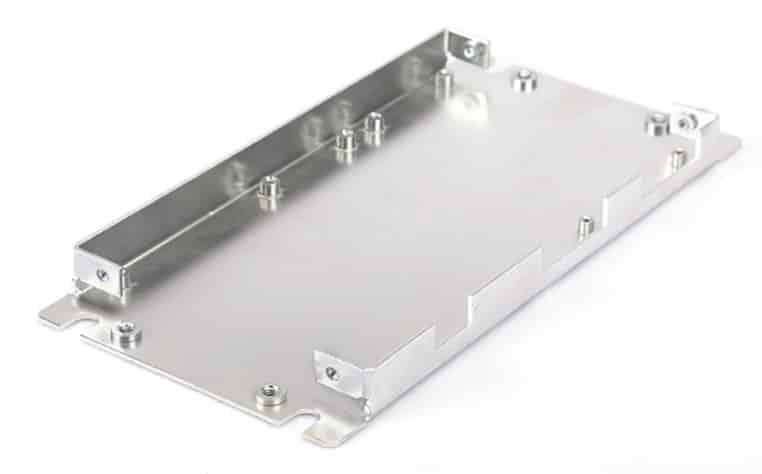
Stainless Steel
This metal contains chromium and nickel. Thus, you can be sure of increased corrosion resistance. Furthermore, stainless steel has a higher tensile strength when compared to aluminum. Therefore, this material is suitable for sheet metal enclosure designs for high-impact applications. You will find a stainless steel component striking with a grained finish.
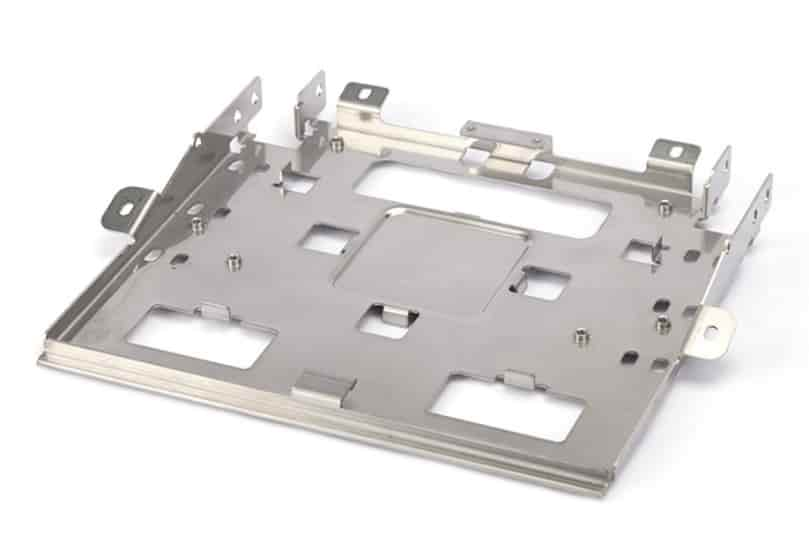
Galvanneal
This is a low-carbon steel material coated with zinc and annealed. The purpose of the annealing is to ensure the bonding of the zinc through diffusion into the substrate. Therefore, you can be sure there will be no flaking off during forming or bending. If you intend to use the metal enclosure in wet conditions, then Galvanneal is your best option. It is also corrosion-resistant, depending on its coating.
CRCA
Rolled close annealed steel is an excellent option for indoor enclosures and parts. It also offers a perfect combination of stiffness and strength. Its longest-term durability lies indoors. CRCA may rust if you leave it uncoated because it does not have inherent corrosion resistance.
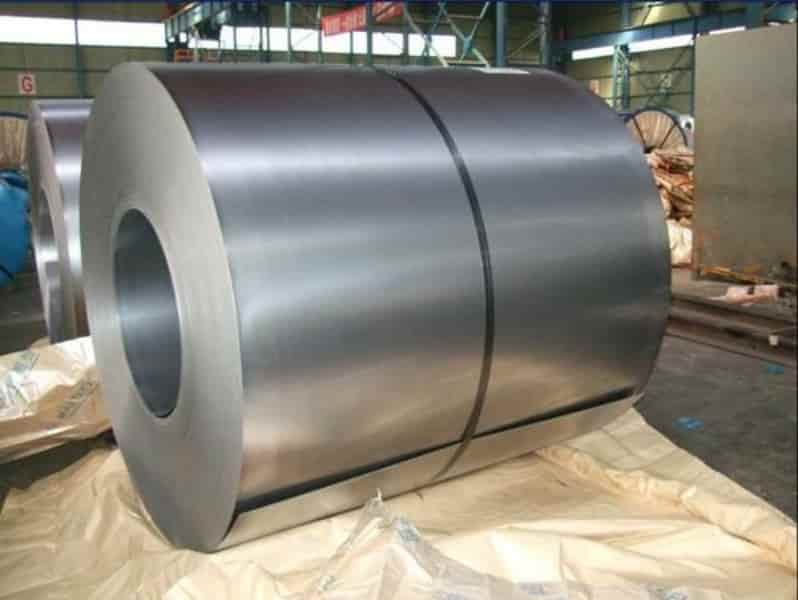
Copper
Although rarely used in sheet metal enclosure design, copper is a great metal. It offers excellent thermal and electrical conductivity. Thus, it is suitable for electrical applications. However, copper is very soft, which is why most manufacturers do not use it for enclosures. They are, in the best cases, ideal for bus bars or miscellaneous parts.
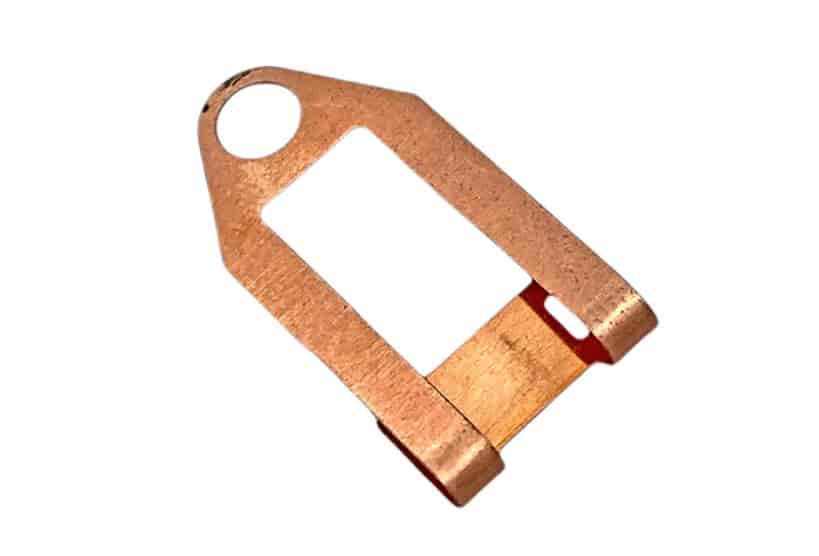
Our sheet metal enclosure design tips for metal choice will be incomplete if you don’t have the best metal criteria. It would help if you considered the following properties before choosing a metal for your design.
- Tensile strength
- Weldability and machinability
- Corrosion resistance
- Wear resistance
- Electronics enclosure weight constraints
- Assembly process
- Thermal and electrical conductivity
- Cost
Choose Suitable Shape of Enclosure
Choosing the right shape of the enclosure is another one of the crucial sheet metal enclosure design tips. You need to think of the enclosure shape at the PCB and system design level. Consequently, you can avoid the common pitfalls of enclosure design. Sheet metal might be a little limited when compared to plastic enclosure molding.
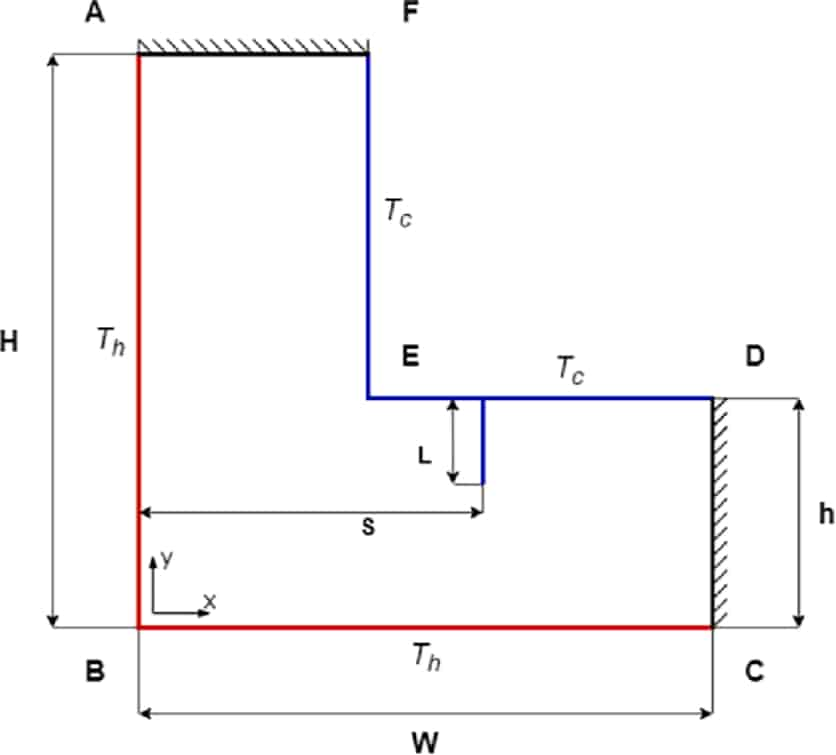
However, you can design functional, cost-effective, and aesthetically-pleasing enclosures with the following shapes.
· Folded Box Shape
It offers a classic four-sided box shape with a lid that comes with it. This enclosure shape ensures easy access for service and a broader array of mounting options.
· F-Shape
It is an easy enclosure shape to produce. F-shape enclosures are suitable for PCBs that have connectors on opposite sides.
· L-Shape
The L-shape enclosure is also straightforward. The geometry is easy to understand and it also offers easy access for use.
· U-Shape
Like the F-shape, U-shape enclosures are also easy to produce. They often come with solid bases, and they offer easy access for service.
Check out this video to learn sheet metal enclosure design tips:
Understand Sheet Metal Thicknesses
The thickness of your metal for enclosure design is vital. The thickness often determines the strength, weight, flange length, and punch size of your enclosure. As you may know, it is usually difficult to make smaller products out of thicker metal. Furthermore, increasing material thickness is vital for designing large parts with extra strength.
Many of the thickness gauges all seem to be the same on paper. However, a better understanding of sheet metal gauges will help you know the right option to choose. Note that it is always imperative to maintain uniform wall thickness in your sheet metal enclosure design. This way, you can ascertain the quality of your component.
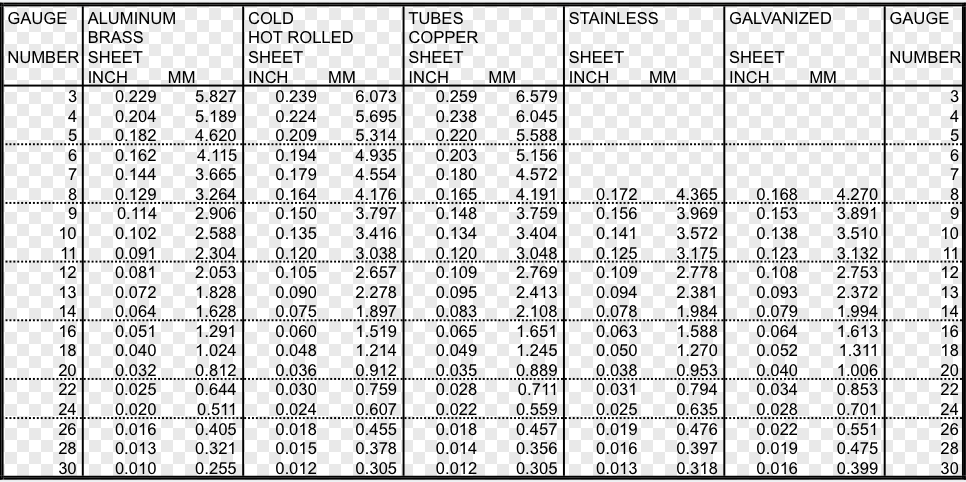
Keep the Bend Radius Consistent
It is mandatory to keep the bend radius consistent. Bend radii within sheet metal enclosure design should always add up to the thickness of the content. You must ensure that the bend radius corresponds with the product width. Thus, preventing fractures and substance circulation issues.
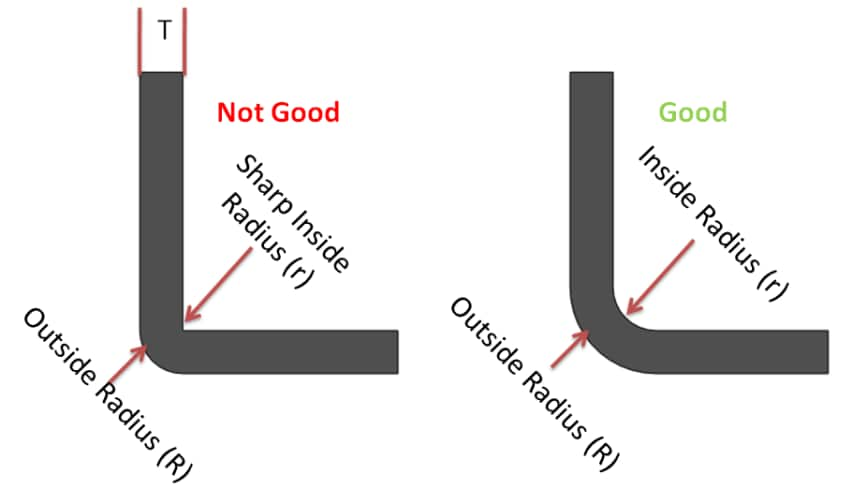
You want to keep your flange at a minimum length of about three to four times your material thickness. An important point to note is that some metals resist bending. Therefore, A proper understanding of the chemical composition and surface condition of your metal will help you test its flexibility.
It would be best to always consider the functional and aesthetic requirements of your enclosure before choosing bend radii. CAD software will help you to calculate the bend allowance of your metal digitally.
Consider Finishing Operations
There are several sheet metal finishing solutions to choose from. While some designers prefer a finishing technique over others, each of them has its unique features. We will discuss some of these options below.
Powder Coating
This type of coating involves the application of dry thermoplastic powder electrostatically on the metal surface. The powder coating finish is cost-effective and durable, with various colors and textures available. Furthermore, it is suitable for various metals, so there’s no headache with choosing a finish. Note that a powder coat will add an extra layer to your component. Thus, the dimensions would refer to only the underlying metal.
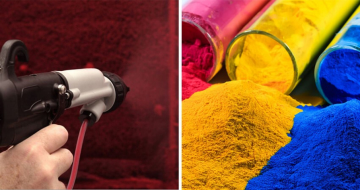
Anodizing
This is another electrochemical process that prepares surfaces of non-ferrous metals. It is a suitable finish for aluminum, making the surface harder and impacting high-level corrosion resistance. The anodized finish will become part of the metal, never flaking off or peeling under everyday use.
Chromate Conversion Coating
This type of finishing helps to passivate metals via an immersion bath process. Chromate coating aims to prevent corrosion and impact an aesthetically pleasing finish. Chrome plating also helps to retain the electrical conductivity of materials. Your enclosure sheet metal will benefit from this simplified finishing process.
Digital Printing and Silkscreening
These finishing techniques will help your enclosure design the professional feel and look it deserves. The major use of these methods is to help you label your enclosures clearly. Thus, you can easily identify ports, switches, connectors, etc. Digital printing is excellent for graphics to include artworks and company logos. You can apply them on flat parts and assembled enclosures.
Nickel Plating
This plating technique involves adding a thin layer of nickel to your metal surface. It offers a perfect mix of corrosion and wears resistance. It also gives your component additional utility, brightness, and appeal. If you desire good adhesion properties for other coats, you can use nickel plating for your undercoats.
Painting
The painting finish involves the spraying of thin layers of paint onto the surface of your metal. It generally improves the aesthetic appearance of your sheet metal enclosure. Furthermore, it can help provide increased brand recognition to customers.
Develop Prototypes and Conduct Validation Testing
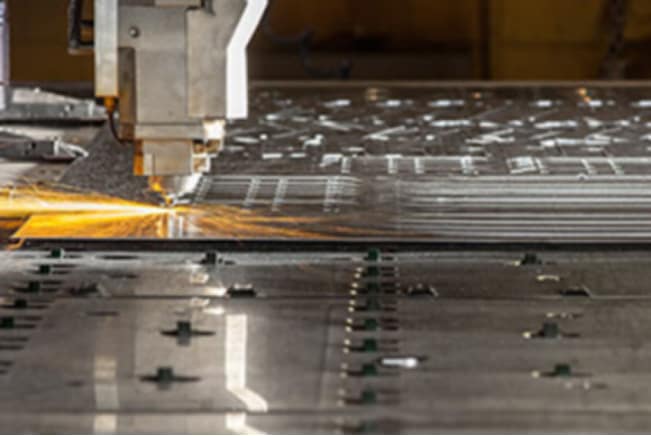
Once you have applied the given sheet metal enclosure design tips, you will have a working concept. The next step is to adjust the design to meet desired specifications and improve manufacturability.
The best way to do this is to develop prototypes. Sheet metal fabrication companies, like RapidDirect, have dedicated sections for new product development. Therefore, you can test your design in a real production environment. Your prototype may not be exactly what your customers want.
This is why validation testing is crucial. This step will help you decide if you should move forward to large-scale manufacturing or go back to the design process. Validation testing may involve the installation of the product at points of use or basic environmental tests. It is possible that you find some areas that need reworking and changing.
Conclusion
Sheet metal enclosures offer several manufacturing advantages. They improve electrical conductivity, emission reductions, and resistance against harsh industrial environments. At the same time, they help to lower turnaround times and manufacturing costs. Therefore, it is essential to design them rightly. The sheet metal enclosure design tips provided will help you make informed choices.
There is nothing better than having experienced and expert hands helping you all the way. RapidDirect offers this. With RapidDirect, you can get several benefits out of sheet metal processing. Our qualified technicians are experts in sheet metal enclosure design. You will also benefit from automated and streamlined production services.
What’s more, our solid and reliable manufacturing capabilities, quality assurance, and technical expertise will ensure that you get the best results. Get instant quotes for your custom machined parts with complete dimensional reports. All you need to do is upload your design files or contact RapidDirect via e-mail.
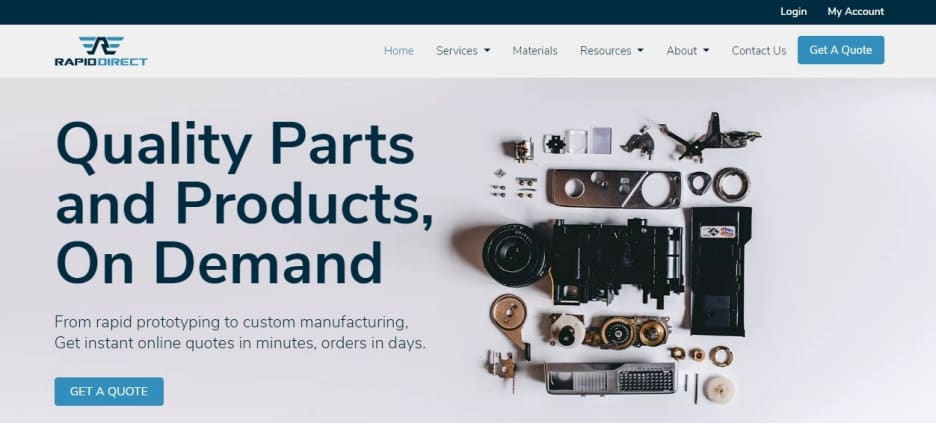
FAQs
The first step is to get familiar with product requirements, both functional and aesthetical. Then, you can go ahead with choosing the material that best fits your manufacturing needs. The shape of the enclosure is crucial, and you also need to understand the sheet metal thickness. Once you have all that, you can then select the best finishing and welding options for your component. However, you need to develop prototypes and conduct validation tests to ensure you’re on the right track.
Note that the thickness of the metal is inversely proportional to the gauge. Therefore, you will have a thinner metal for a higher gauge. Most manufacturers use 8-gauge steel or something thinner. If it becomes thicker, then you can no longer call it a sheet metal.
The following factors will help you select the suitable sheet metal material for your enclosure design.
a. Tensile strength and weight
b. Weldability and machinability
c. Thermal and electrical conductivity
d. Corrosion resistance
e. Assembly process
f. Cost
